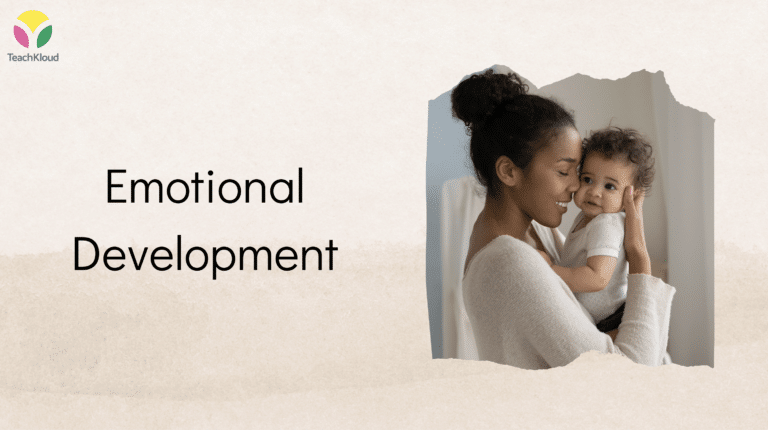We know that for many parents the biggest stumbling block to encouraging creativity in their own home is the potential mess that it can bring.
However, at the end of the day, we as parents would really benefit from letting go a little bit. If parents can somehow see past the mess and try to see the benefit of what is going on when children are getting creative, I guarantee that you WILL find the joy in it. Creativity is worth the mess it can take to get there.
Creative, messy play helps children to ignite their senses and their brain. Experiencing new things sends signals to the brain that help strengthen neural pathways that are essential for all kinds of learning. Through messy play, children hone their classification skills and develop trial and error techniques. Messy play and art also gives children more freedom and a sense of self-expression because there is no right answer when it comes to creative projects.
When it comes to the actual mess that children make when they’re creating, rest assured, there are plenty of ways that parents can help corral it. If the thought of messy play makes your head spin, I can relate. I was there once, too. But, I’ve learned a few tricks along the way.
Designate a creative space within your home for art or messy projects.
You can start by designating a specific room, table or corner in your home for art. You can also use additional tools to contain the space that children are allowed to create art. Amazon and Ikea sell some great trays that are great for any type of art project. If you don’t want to purchase specific trays for art, a cookie sheet works just fine! Children enjoy a defined workspace, so putting their paper and paint on a designated tray means they will do art on the tray, leave it there to dry, and then they can help clean it in between uses.
Incorporate drop cloths and large bins.
For sensory play, use a bin and put a drop cloth underneath. Set it on the floor with your little ones and let them go to town! Having the drop cloth underneath means you can scoop up the mess in one swoop and dispose of it. Easy peasy!
Keep newspaper near art supplies.
Spread sheets of newspaper out on a table and make a clear rule that no art happens without a covered surface. You might also want to consider putting down a drop cloth.
Cover their clothes, or come prepared.
You don’t have to go out and buy smocks, but Amazon and Ikea sell good ones. Alternatively, you can use an old adult sized t-shirt as a smock. What my family does is designate good clothes and messy clothes and we let our children do just about anything in the messy clothes.
Make clean up easy.
A little prep work goes a long way to avoiding disaster. Set a large plastic tote filled with soapy water just outside your workspace with rags or towels towels nearby so kids don’t have to run off to the bathroom every time they get a speck of paint on their hands. If you anticipate that their clothes will be dirty, put another tote out with clean clothes so kids can take off dirty clothes, wash up, put the new ones on and leave the dirty clothes in the bin. That way children don’t track the mess all over the house.
Take it outside.
If you can, try your messy art projects and sensory play outside. Shaving cream and water, sand and mud play (yes, you read that correctly) are all great things to explore outside to get that sensory input.
Limit the numbers.
Designate a limit on the amount of children you want engaging in creative or sensory projects at once. When I was teaching there was never more than four children at the sensory table at once. At home, I only allow two of mine at a time. You know your kids best and what they can handle, but when in doubt – keep it simple.
We are raising imaginative kids who will one day be the problem solvers that our world so desperately needs. In order to get there, children need freedom to explore. At the end of the day, giving our children the freedom to play, get dirty, make messes, experiment, explore and make mistakes is 100 percent worth it. Trust me.
Author Bio
Jaclyn Ryan is a mom of three, former early childhood educator and online digital content creator. You can find her at www.creativefunforkids.com where she blogs about living a creative life at home with kids, and on Instagram @creative_fun_for_






